Fruit Of Your Loins: A fruity Guide To STI Symptoms

Some background
How much do you know about sexually transmitted infections (STIs)? Have you, or someone you know, ever had one?
We found that 58% of the UK has never had a sexually transmitted infection test, and a further 12% haven’t had one for over five years.
This is quite a remarkable percentage – even when you discount those that likely haven’t been tested recently because they are in a long-term relationship.
It’s also a bit worrying considering our finding that 26% would only get checked if they experienced symptoms. Some STIs, such as Chlamydia, can be largely symptomless, but their impact – particularly on women – can be severe.
We also found that a further 10% would only get an STI test if their sexual partner told them they had an STI. Couple this with the 23% of respondents that would never feel comfortable discussing their sexual history, and there’s potential for plenty of people to find themselves with an STI.
Barriers and taboos
A lot of the issues around this relationship between being sexually active, seeking regular sexual health testing, and being open about sexual past, comes down to one word: taboo. Well, two words if you include ‘judgement’.
Sexual education has come a long way over the years, but our findings suggest there’s still a lot of work to be done. 33% of those surveyed stated they never received any education about STIs while they were at school, and a further 20% judged their education as being poor or awful. This means that more than half of the UK were poorly educated when it comes to STIs. The trouble is, formal education is only half of the solution to making it easier to get tested regularly and treated appropriately.
We believe that we deserve to make it less frightening, embarrassing and confusing (and a bunch of other emotional states) to factor regular testing into our lifestyles.
But that’s awfully preachy, isn’t it? What have Medicine Direct done to help?
Well, we’re trying.
We offer discreet sexual health kits that can help you find a diagnosis quickly, easily and without pain. We also offer a wide variety of treatments for most STIs, and many of these treatments are as simple as a single course of antibiotics.
On top of that, we’ve also created a visual guide to some of the most common symptoms (as outlined by the NHS). Oh yeah, and we used fruit to visualise our guide. Why? Well, for a start, have you ever tried to tweet a photo of an STI symptom? Doesn’t go down well.
But we also wanted to help break down the taboos surrounding STIs. The taboos that scare people into waiting too long to get them looked at, or that make people feel dirty because they found themselves with something. So, we wanted to raise the conversation and awareness in a fun and accessible format.
Show me the fruit!
Unusual Discharge
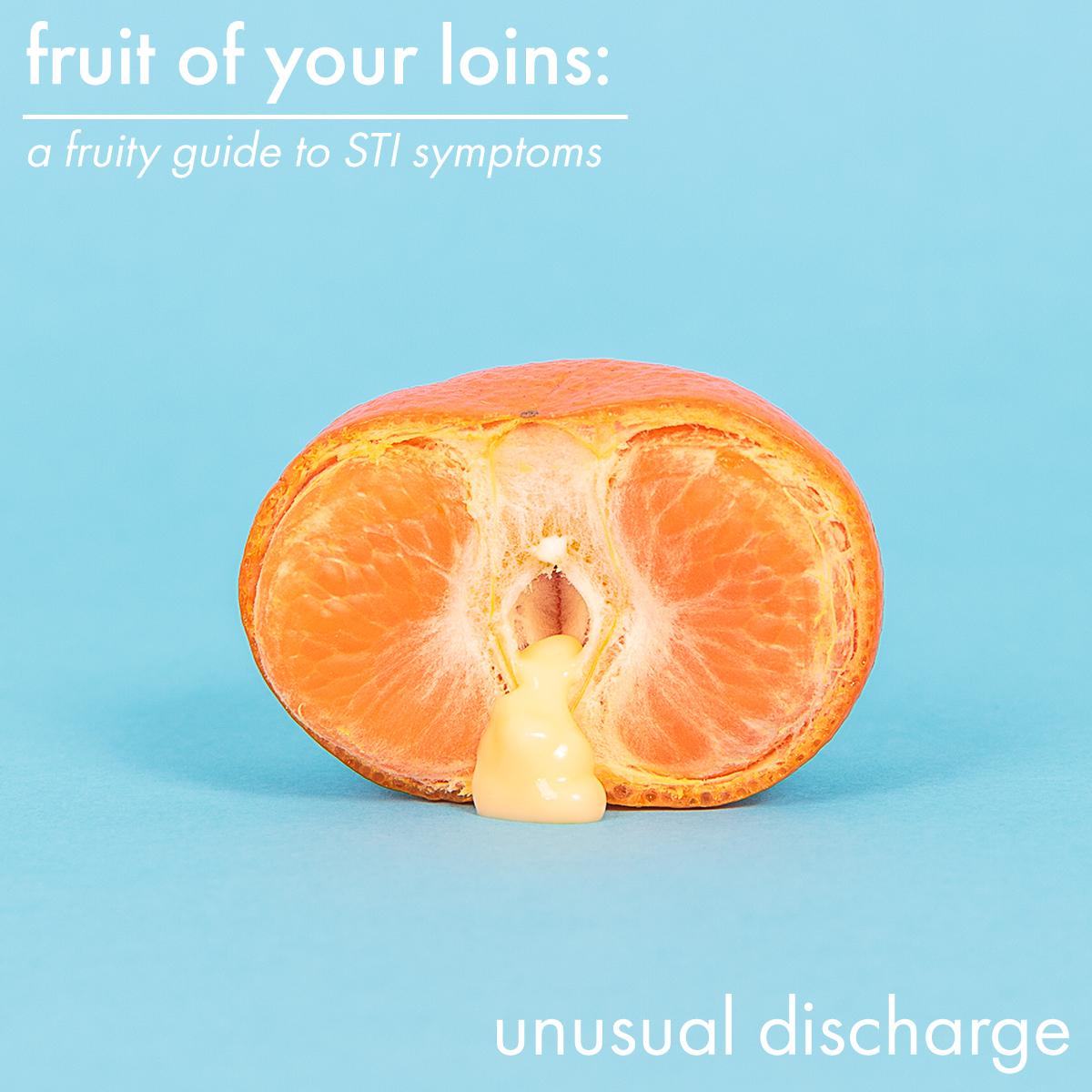
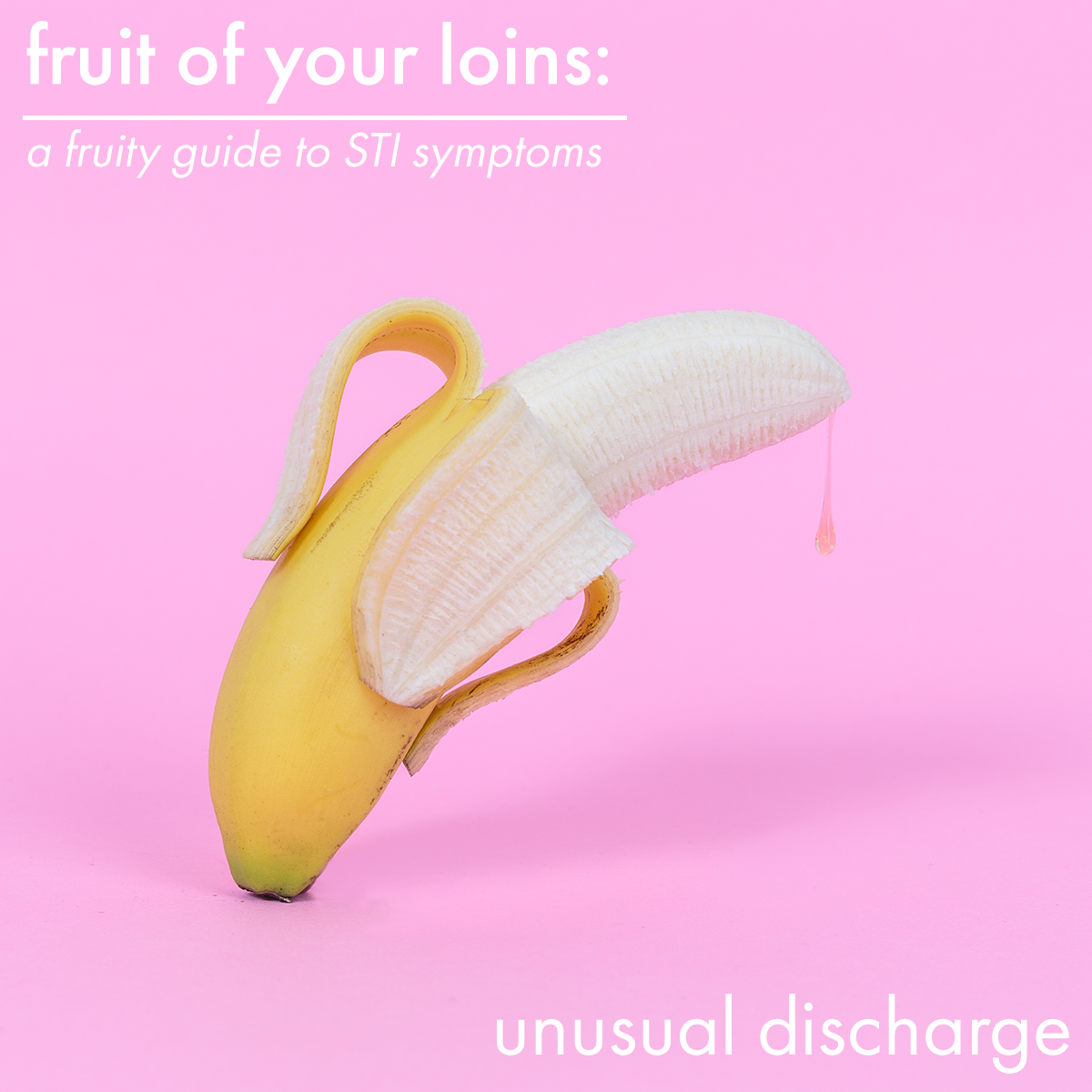
Unusual discharge is one of the most common indicators that something’s not right. If you’re experiencing unusual discharge from the vagina, discharge from the penis or your bottom, it’s time to get tested or talk to a medical professional.
Discharge can take many forms – ranging in colour, odour and frequency – so it’s best to err on the side of caution. If it doesn’t seem within the range of what’s usual for you, get yourself checked out.
Discharge is a symptom most closely associated with chlamydia and gonorrhoea, but there are other STIs that can cause unusual discharge, such as genital herpes and trichomoniasis.
Bacterial Vaginosis is a potential cause of unusual discharge that isn’t sexually transmitted – although it can increase susceptibility to other STIs. Although bacterial vaginosis is not technically a sexually transmitted infection, we recommend taking treatment to get rid of BV as soon as possible to avoid any potential complications.
Most causes of discharge can be treated with a short course of antibiotics or, in some cases, a vaginal pessary.
Lumps or skin growths


Skin growths and lumps are symptoms most commonly associated with genital warts, often caused by the human papillomavirus (HPV). If you find yourself with little fleshy lumps and bumps in your genital area, it’s best to speak to a sexual health specialist. Occasionally, these bumps may be textured and rough. They may also be itchy and, in some cases, you may experience bleeding from your genitals or anus.
Treatment can range from a simple cream to a medical specialist physically removing them.
Always seek medical advice if you experience lumps and bumps in the genital area – in rare cases it may be an indicator of cancer.
Rashes or Itchiness
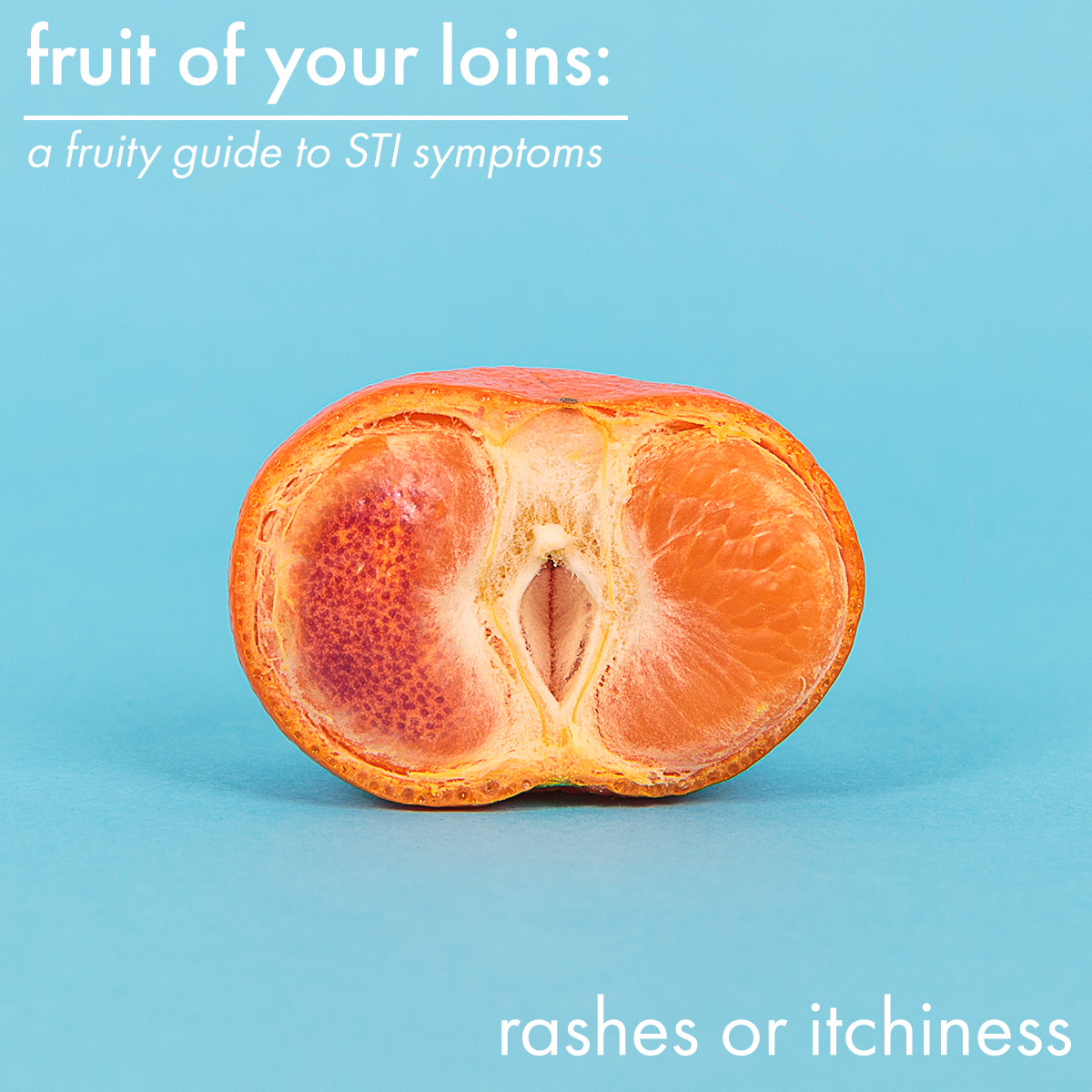

Rashes come in a wide variety of forms and can be indicators of relatively harmless conditions such as yeast infections or more serious concerns such as herpes and syphilis.
Syphilis often appears as small and painless sores, but it is often accompanied by rashes that can appear all over the body, not just the genitals.
As there are so many conditions that exhibit rashes as a symptom, it’s hard to be sure of their cause without seeking medical advice.
Some infections, such as syphilis, won’t go away on their own and can be harmful if left untreated, so it’s important you seek treatment as soon as you notice something’s not right.
Most commonly, an itchy rash around the genital area is usually a sign of Thrush which can affect men and women. Thrush usually clears by itself or with the assistance of some medicines specifically for thrush.
Pain When Peeing
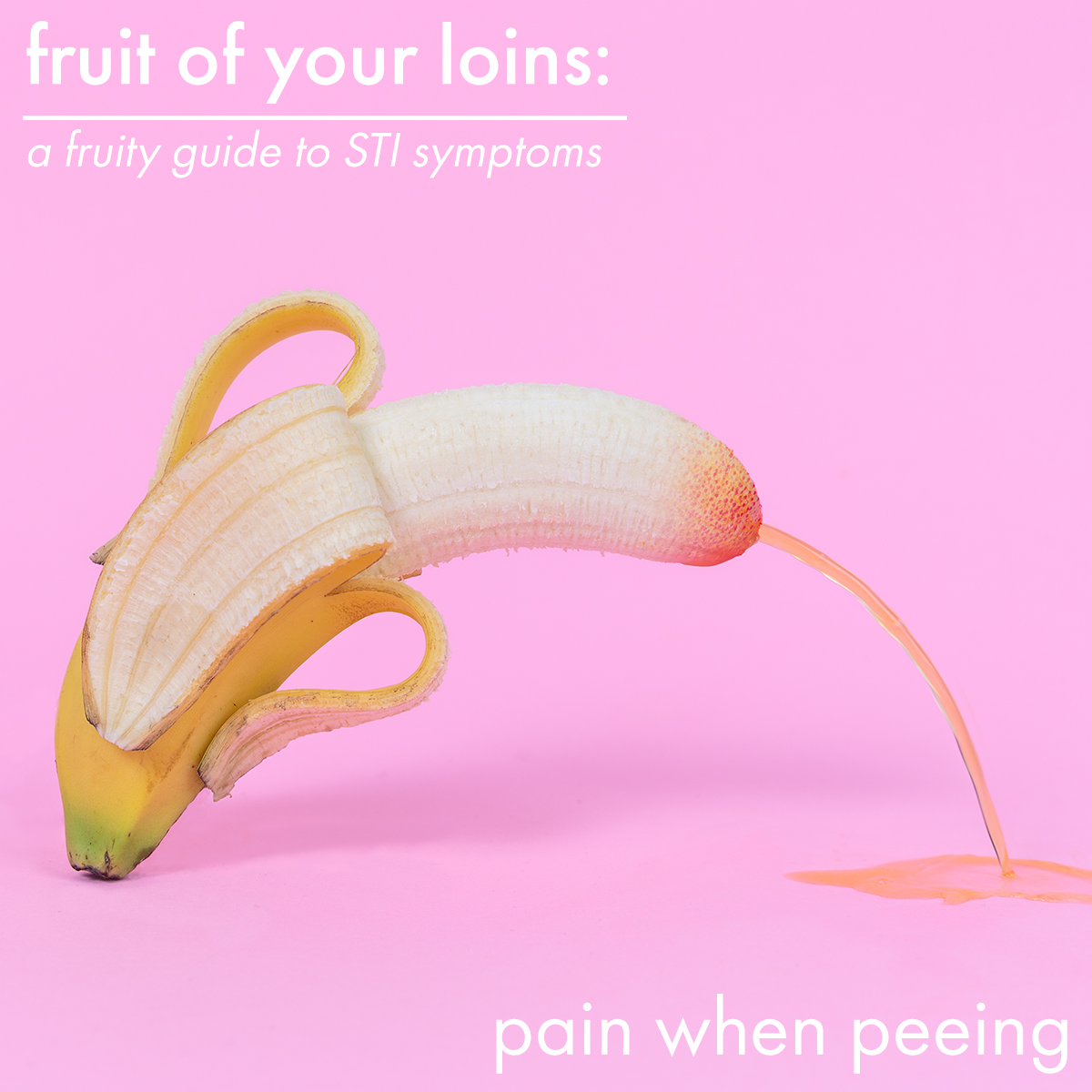
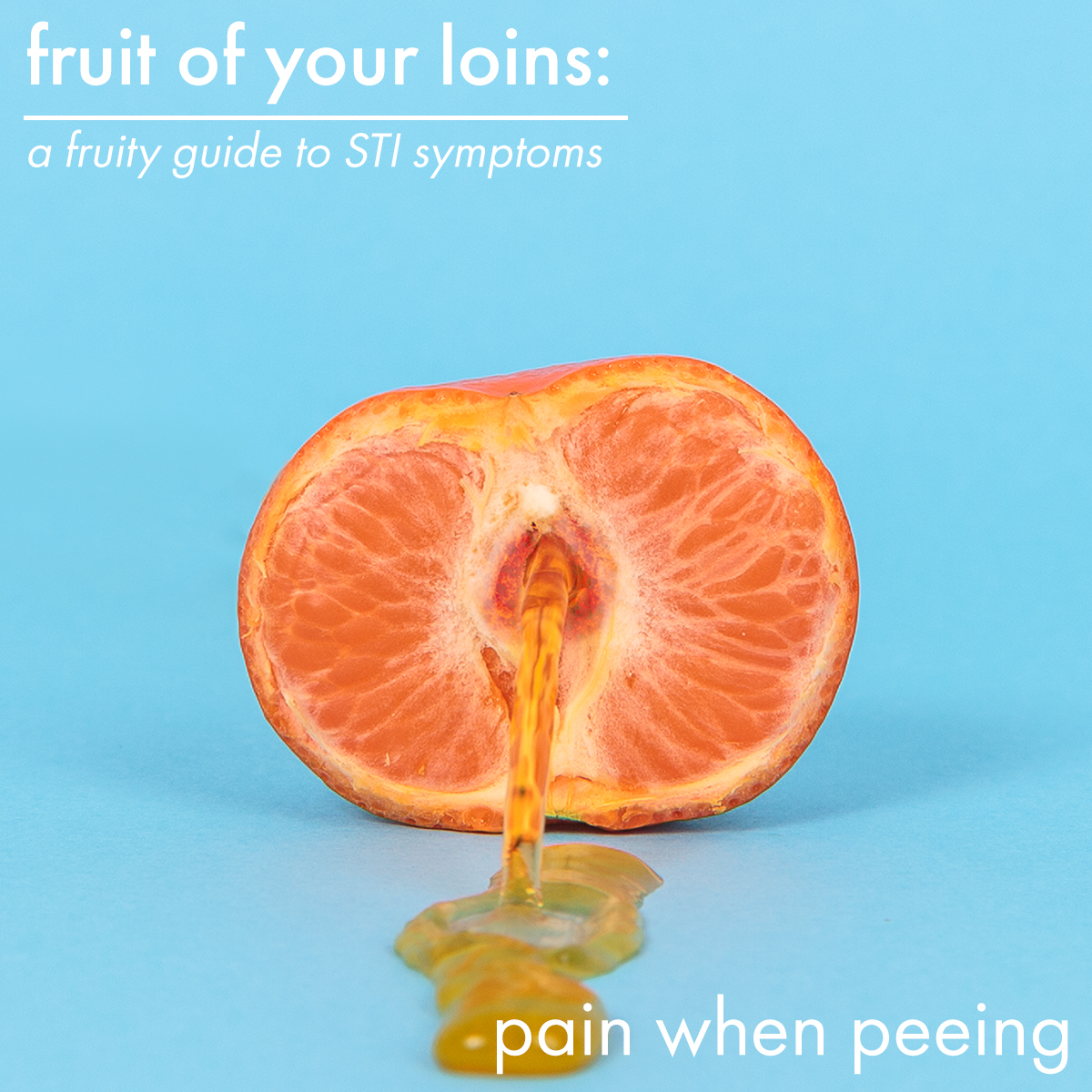
Pain when peeing is a very common sign of a Urinary Tract Infection (UTI). A UTI is caused by a bacterial infection which causes pain and inflammation in the urinary tract.
UTI's are more common in individuals with a Vagina, the reason for this is that the uretha is shorter in those with a vagina, meaning that the bacteria has a shorter distance it needs to travel in order to reach the bladder.
Pain when peeing can also be a sign of other underlying conditions such as a STI. Infections such as genital herpes, chlamydia and gonorrhea can all contibute to pain and discomfort when peeing.
Blisters or sores


Blisters and sores in your genital area can be quite a shock and should never be ignored. They’re one of the easiest STI symptoms to spot and can be uncomfortable and painful – although just because a sore or blister isn’t painful doesn’t mean it can be ignored!
If you have recently caught Herpes, the first outbreak will always be more painful and aggressive than subsequent recurring outbreaks. Along with herpes specific medicine to treat the virus, you may be prescribed certain pain medicine to help manage the inflammation and discomfort.
Genital Herpes, genital warts and gonorrhoea are all major culprits for sores and blisters on the genital and anal area.
With herpes, we can’t currently cure it. You may experience periodic flare-ups that can be worrying, and during this time you might be prescribed anti-viral medication to limit the severity and pain of these flare-ups. It’s totally possible to lead a fulfilling, safe and exciting sex life whilst living with herpes, but it’s important that you’re fully open with any sexual partners that you’re living with the condition.
Cefixime Gonorrhoea treatment when combined with Azithromycin will clear the infection in just one simple dose, although this may sound like an easy solution, you should never ignore something that doesn’t look or feel right.
Unusual vaginal bleeding
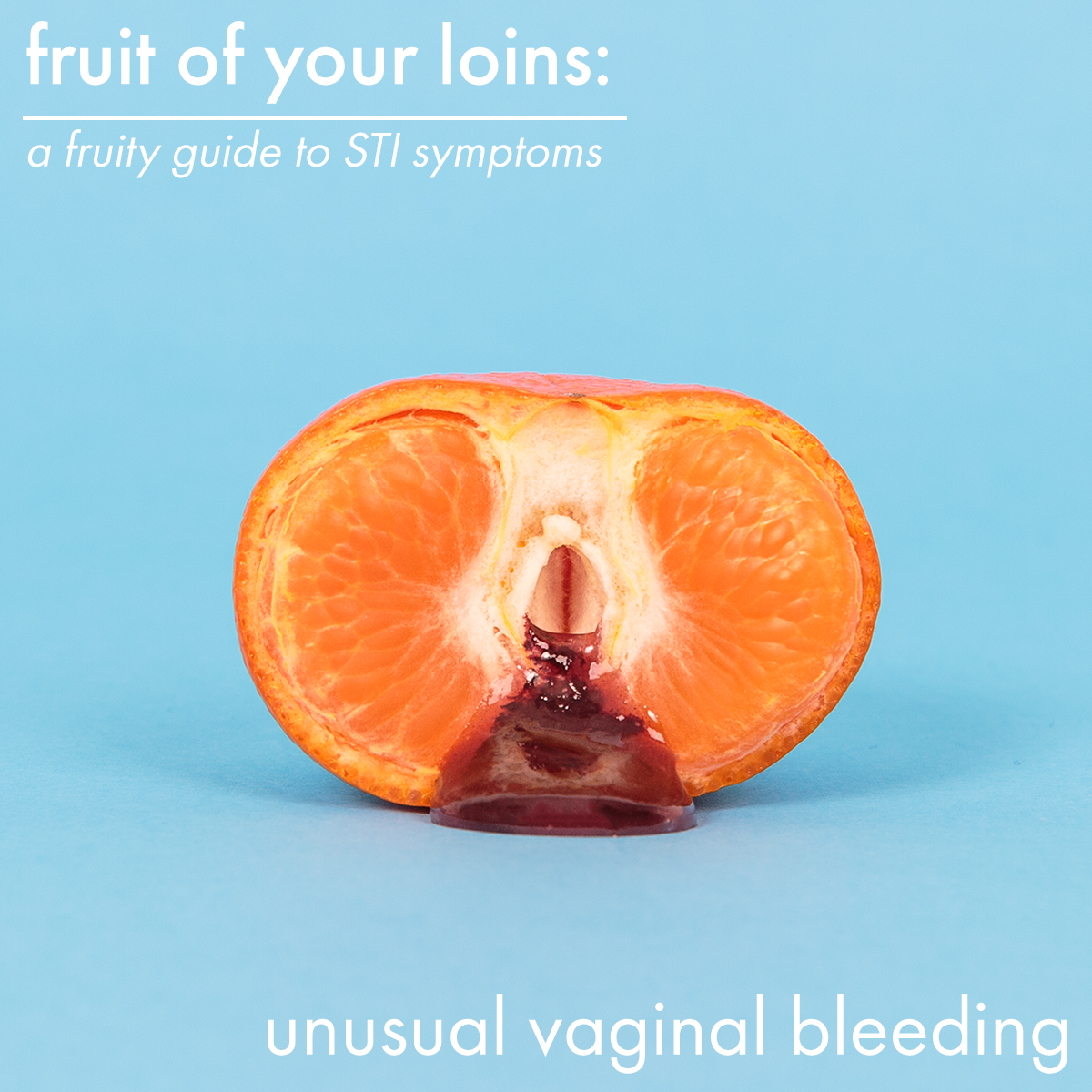
If you experience vaginal bleeding outside of your normal time window, and you’ve recently had an unprotected sexual experience, you might have an STI.
Chlamydia and gonorrhoea can both cause vaginal bleeding as they cause inflammation and irritation in the uterus (womb), and this symptom can be referred to specifically as pelvic inflammatory disease.
Whilst there are occasions where symptomatic of something relatively harmless, you should always seek medical advice if you are experiencing vaginal bleeding between periods.
It may be an indicator of something that needs treating and can even be an indicator of cancer.
No Symptoms

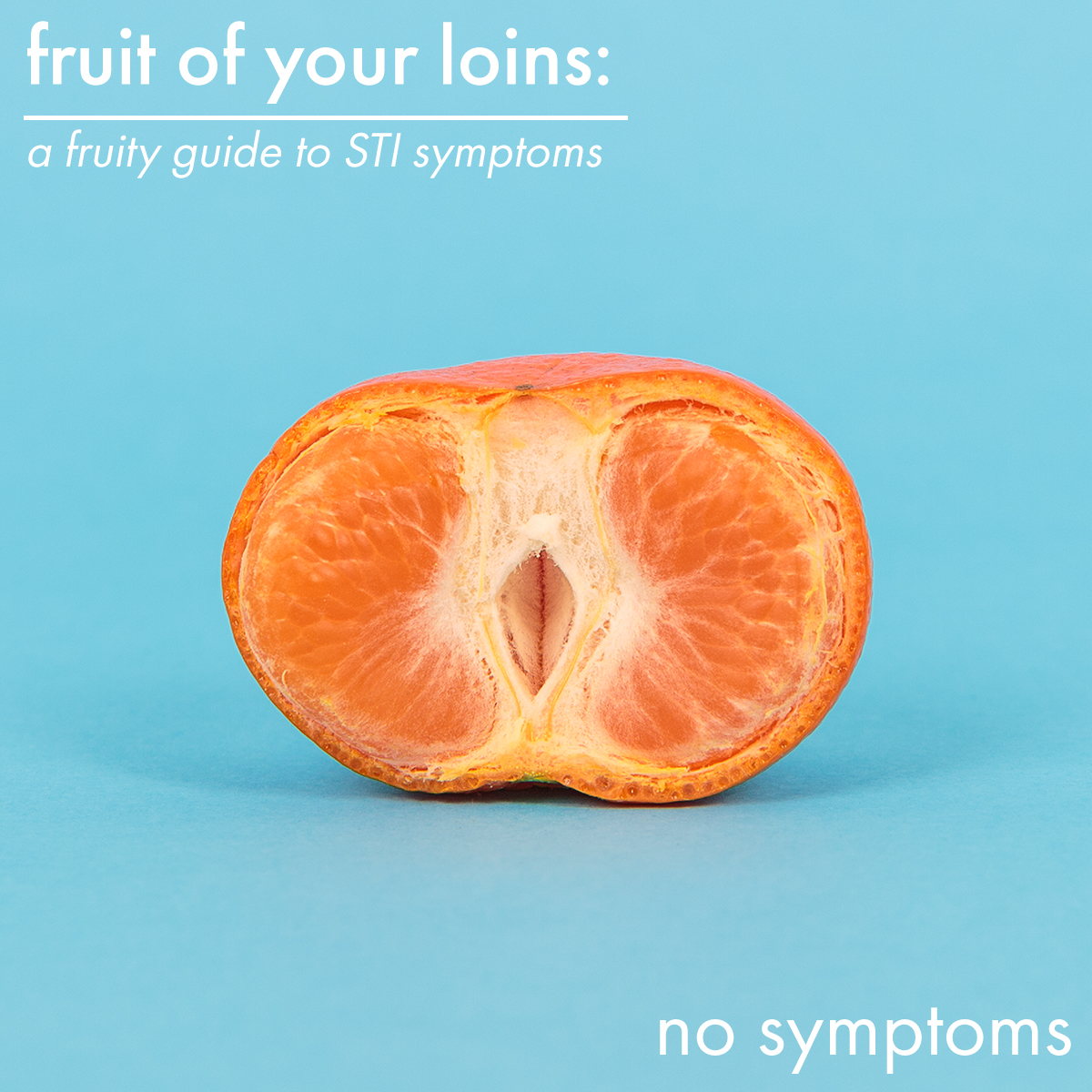
As we’ve mentioned before, some STIs can exhibit no symptoms. This is why it’s important to work regular sexual health testing into your lifestyle, as sometimes conditions can go under the radar. If left untreated for a long time, it can cause fertility issues for both men and women – it’s estimated that up to a third of all Britain’s infertility cases are due to the consequences of undiagnosed chlamydia.
Looking forward
If you find yourself with one or more of these symptoms, please don’t hesitate to get yourself tested. We offer self-testing kits that are easy and painless to use and arrive in discrete packaging. Once you’ve received your diagnosis, or if you already know your condition, we also offer a wide variety of fast and effective treatment options, and will happily offer you advice should you need it.
Medicine Direct online clinic provide a huge range of STI tests and treatments that can be purchased online if you are in the UK.
There are also a number of NHS clinics and facilities available across the country for you to seek advice, testing and treatment.
There’s no definitive answer when it comes to how often you should get tested. If you’re enjoying a regular and varied sex life with unfamiliar partners then it’s probably best to be as protected as possible in the first case by using appropriate protection, and to get yourself tested before each new partner. Being open with your partners about your sexual past is not only a good idea, it’s also responsible and considerate.
If in doubt, check it out.








